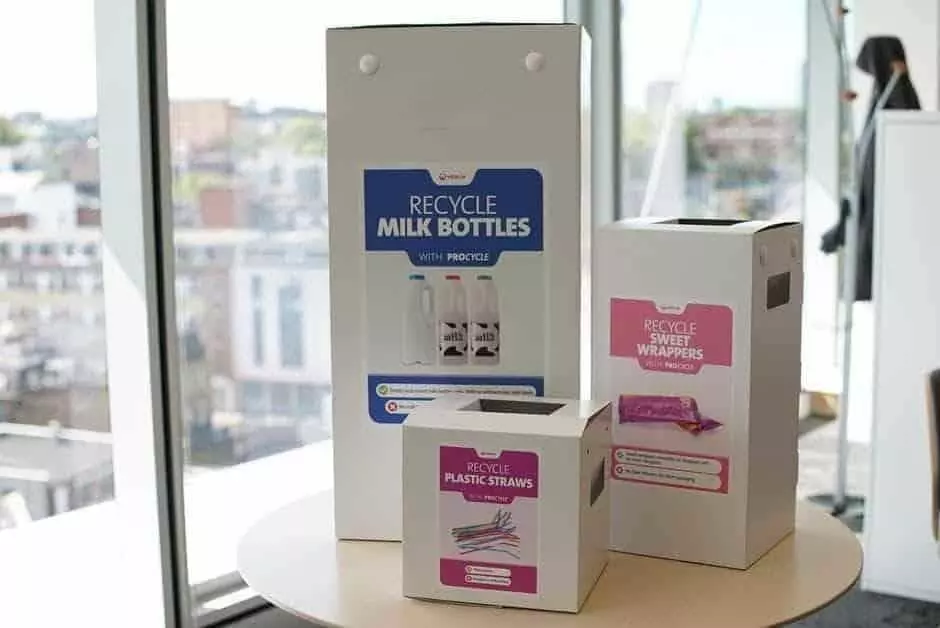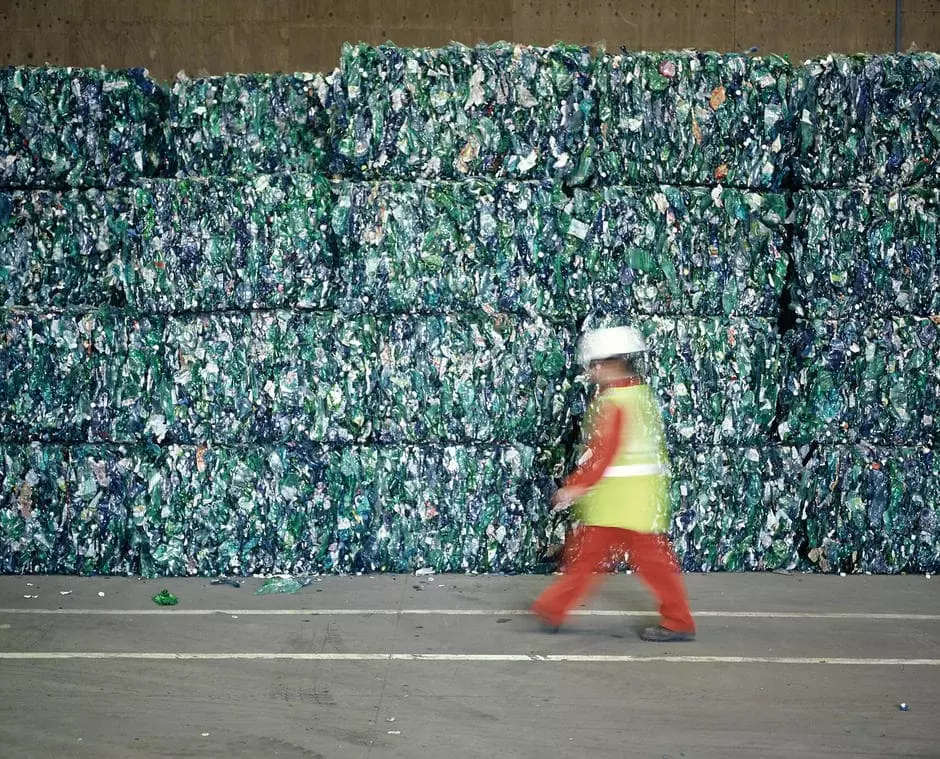Fast fashion contributes more carbon emissions than air travel, pushing retailers to green their supply chains
In the UK we consume more clothes per person than any other country in Europe1. Our desire for new, fast fashion contributed £32 billion to the UK economy in 2017 and supported 890,000 jobs2. H&M’s CEO, Karl- Johan Persson, has recently spoken out about his concern that climate protesters are encouraging people to stop consuming, potentially triggering “terrible social consequences” but having only a small impact on the environment.
UK employment figures have ranked fashion almost as large as the financial sector3, but job creation and economic growth come at a high price for the environment. Fast fashion has flooded the world with affordable clothing worn only a handful of times. As a result, 10% of global greenhouse emissions and almost 20% of global water waste is produced from the fashion industry alone.4 The fashion and textiles industry is also contributing to ocean plastics. Fast fashion often contains high quantities of synthetic fibres, including plastics. When washed, these items release hundreds of thousands of microplastic particles into wastewater that eventually end up in the oceans damaging ecosystems and potentially our own health.
How to dispose of old or unwanted clothes?
For clothing that cannot be repaired or reworn, you can dispose of unwanted items at a local clothes bank, participating retail store or put them into a Procycle box to be recycled. Clothing and textiles can be shredded and made into new items of clothing, or recycled into other items such as furniture padding and industrial wiping cloth or even sound insulation in new cars.
Large retailers must also push to be more sustainable whilst driving sales. Approximately 70% of an item of clothing’s impact on the climate happens during the manufacturing process. Treating wastewater, investing in energy efficiency management and increasing recycling across the entire supply chain will help the fashion industry continue to support employment and eliminate poverty, but also decrease its environmental impact to deliver a circular economy for fashion.
As consumers, there are many ways you can decrease the production of fast fashion:
Avoiding low quality materials when buying new clothes, especially items that contain plastic materials
Repairing clothes when they are damaged instead of buying new
Buying second hand clothing or swapping unwanted items between friends and family
--- RELATED ARTICLES ---
New solution to recycle harder to recycle materials
Recycling scheme goes live to recycle hard to treat materials
Turning difficult to recycle items into new products
How can effective segregation of waste, help process difficult to recycle waste streams into new products and materials?





